The parks and recreational activities of cities and towns bring enjoyment and enhanced quality of life to their residents. Municipalities are offering a wider array of parks and recreational activities than ever before, and some are getting creative, offering facilities to groups with special interests.
The City of Spartanburg, for example, has recently added the Vic Bailey Subaru Bike Park to its offerings. This park features wood and dirt flow trails, designed for everyone from beginner riders to advanced riders.
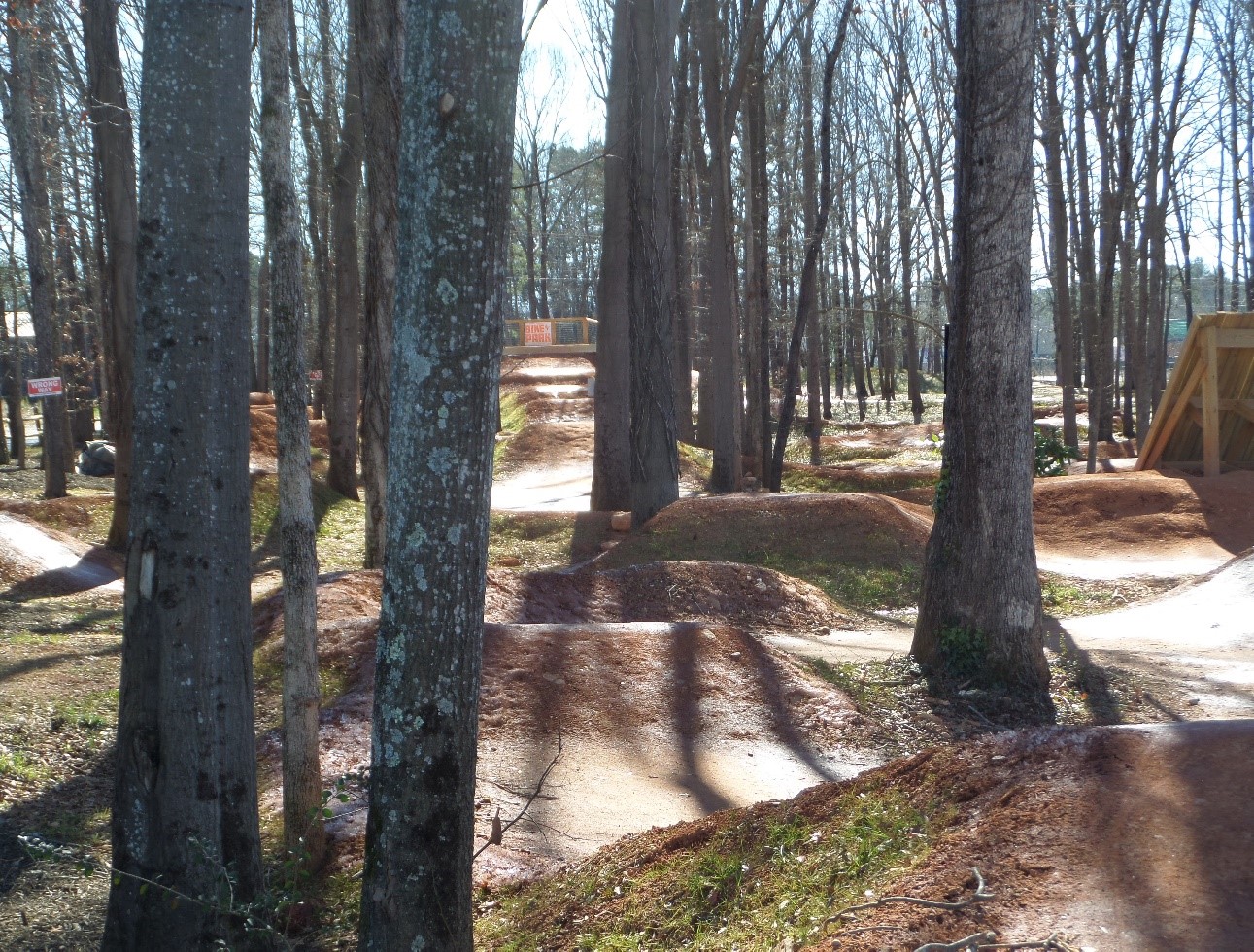
The City of Spartanburg’s Vic Bailey Subaru Bike Park Trail features wood and dirt flow trails.
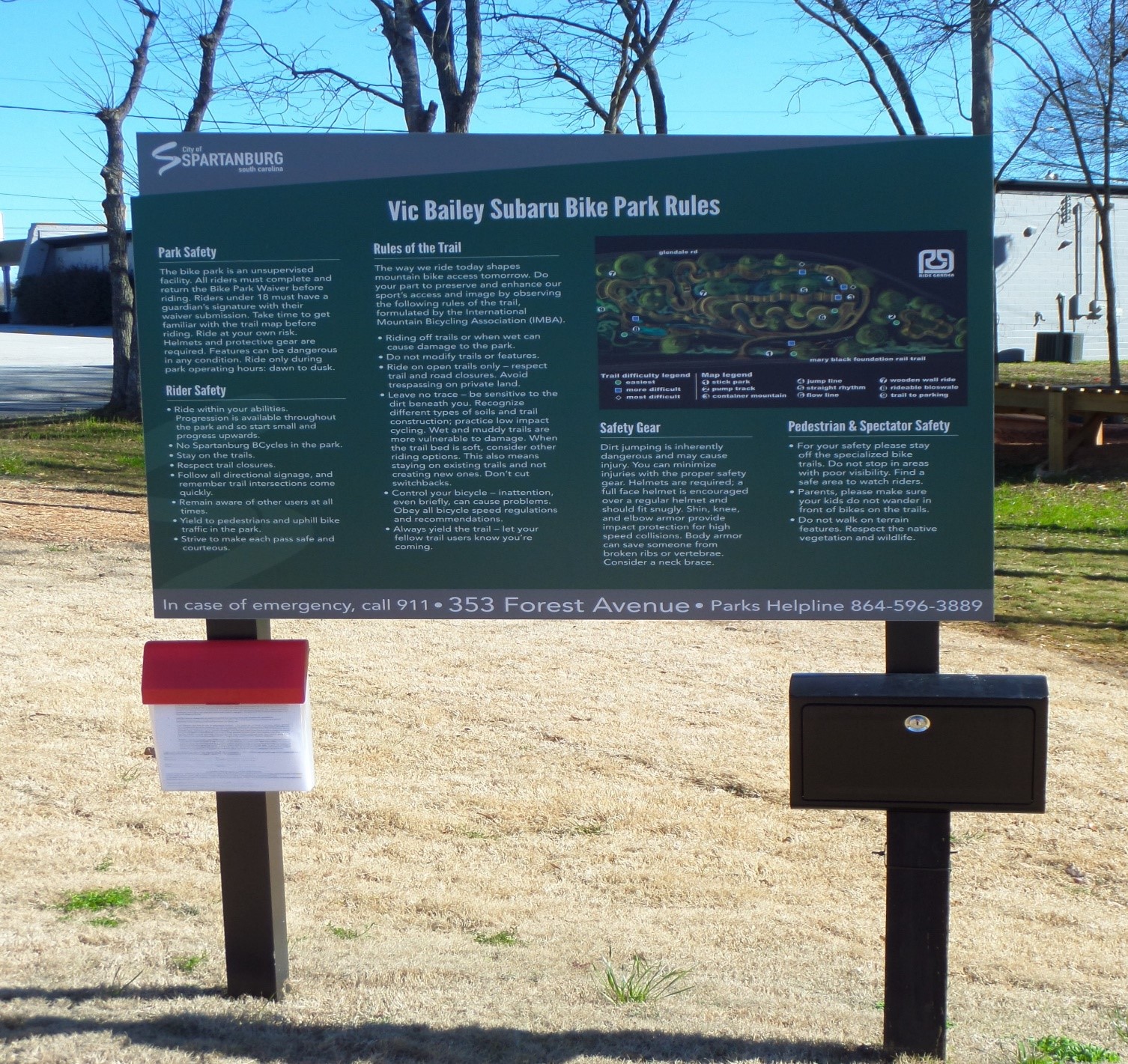
Signage at the Vic Bailey Subaru Bike Park covers the park’s rules and appropriate safety.
The City of Pickens, meanwhile, offers an off-road biking experience with its Town Creek Bike Park. This park offers a unique riding experience and includes such features as dirt jumps, wall rides, a pump track and earthen bowl.
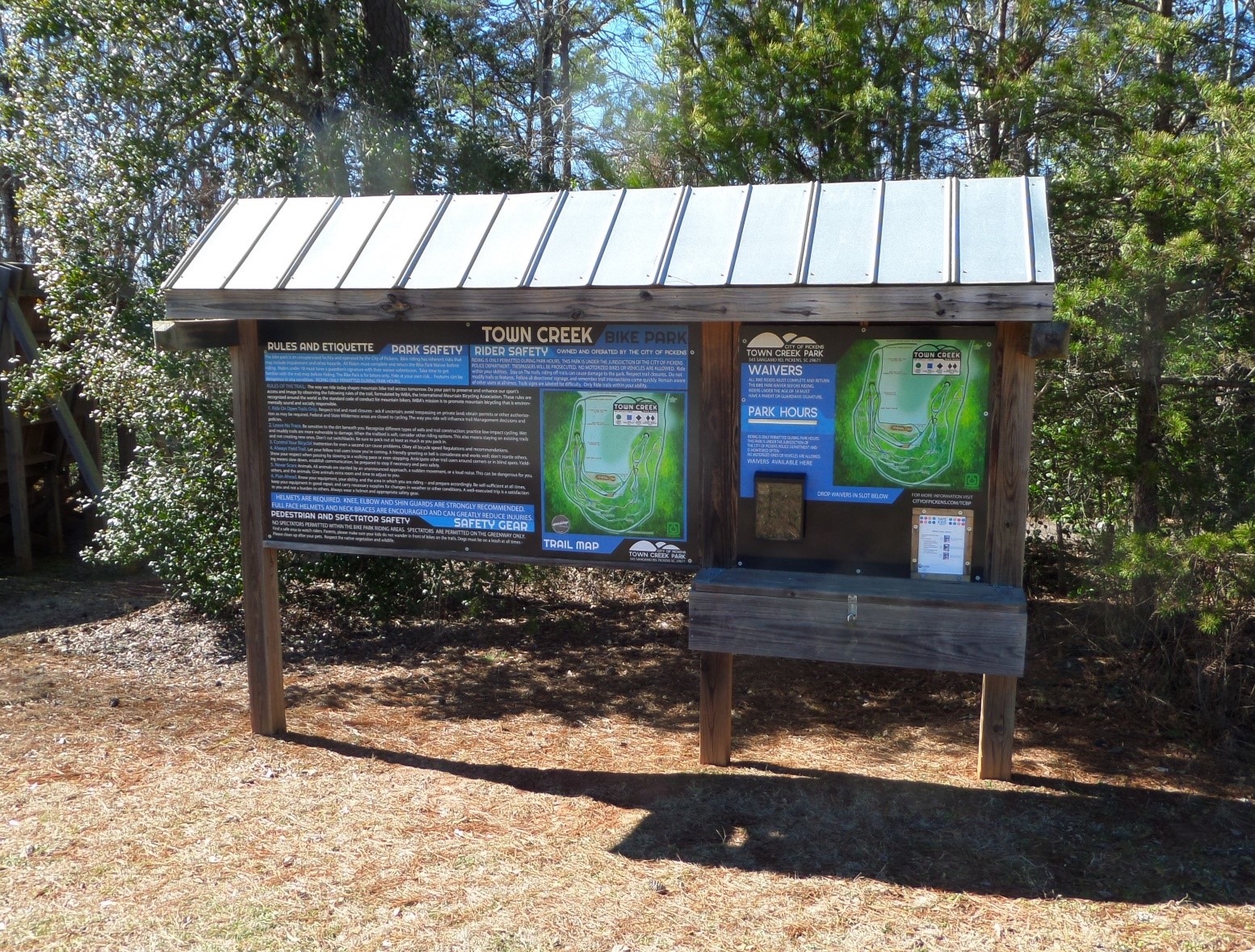
The signage at the City of Picken’s Town Creek Bike Park provides maps, rules and safety information.
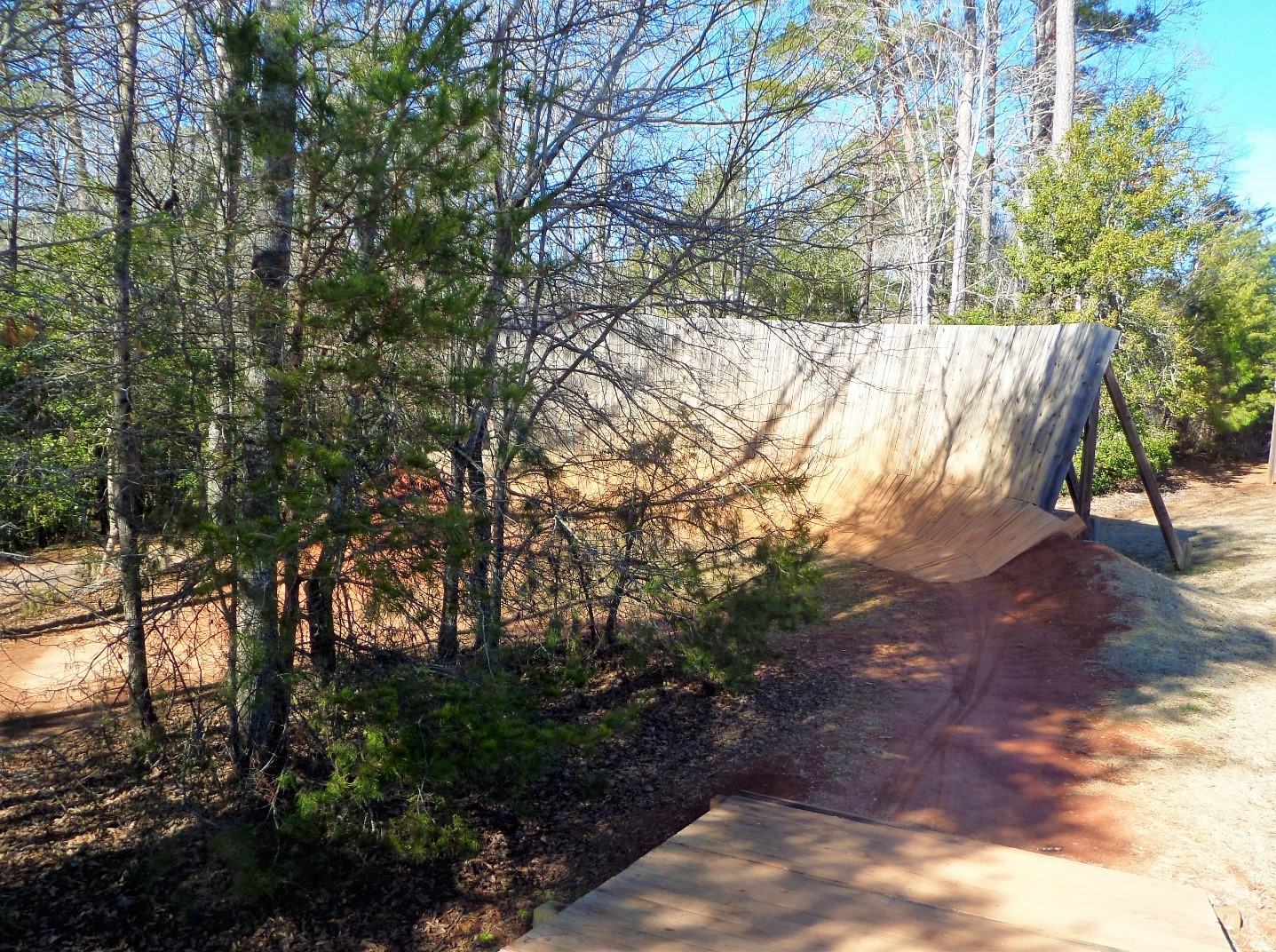
The City of Picken’s Town Creek Bike Park includes a wall ride.
In 2019, Camden began work on the Riverfront Environmental Park with recreational access to the Wateree River. This park, which won an Achievement Award from the Municipal Association of SC, allows canoe and kayak launches into the half-mile interior waterway.
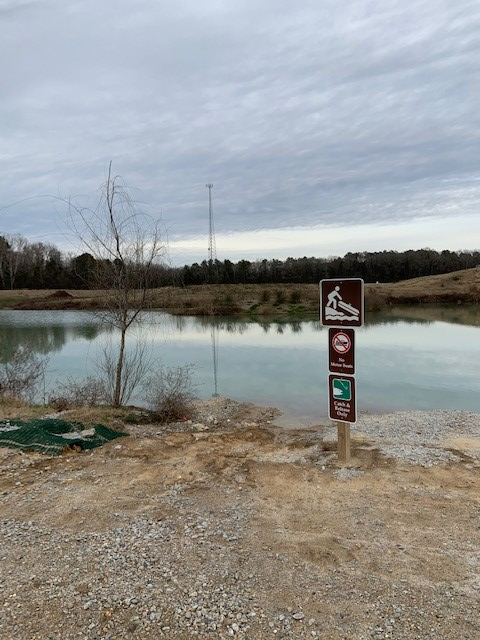 | 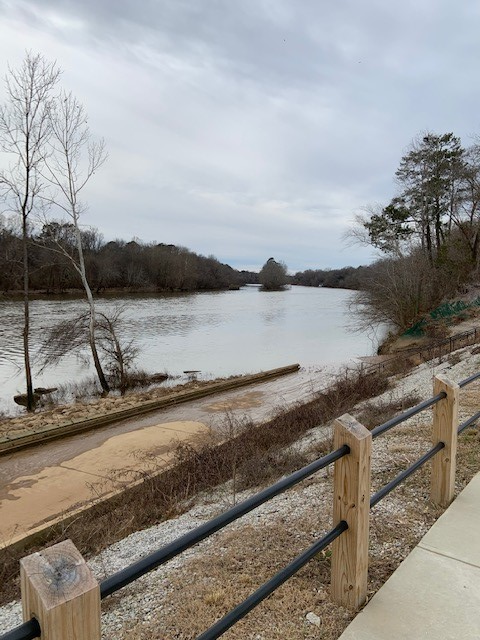 |
Special venues offer fun activities but bring with them inherent risks, and injuries can occur because of those risks. The primary loss exposures in recreation are liability claims from participants injured in recreational activities or to persons using public facilities. Generally, these claims bring allegations of municipalities failing to maintain facilities properly.
Because these claims can be very costly and can result in negative publicity, officials must consider potential liability exposures when designing and developing a new recreational facility. It’s also critical to include a risk management component in the maintenance of any recreational area.
When planning special recreational facilities such as a bike park, leaders need to proactively mitigate the potential risks. These considerations can help limit liability exposures:
- Construct the facility using professionally accepted design standards and materials.
- Install signage that communicates
- the rules and regulations, including hours of operation and the hazards of the activity;
- required use of safety equipment, if applicable; and
- awareness of danger or directional signs for trails. - Require liability waivers to be signed before a participant uses the facility. The language of the agreement/waiver should be reviewed by the municipality’s legal counsel.
After design and construction, a risk management program for a recreational facility should include an inspection program. This helps assess potential hazards and keep all areas in safe condition. Inspections must be conducted and documented routinely. A checklist should be used to note defects and actions taken to correct or repair potential exposures when identified.
The Municipal Association’s website offers more information about routine inspections of buildings, facilities, and premises. For municipalities who are considering developing additional recreational facilities and have questions about managing potential risks associated with recreational facilities, contact Bethany Pendley at bpendley@masc.sc or 803.933.1210 or John Ciesielski at jciesielski@masc.sc or 803.354.4752.
